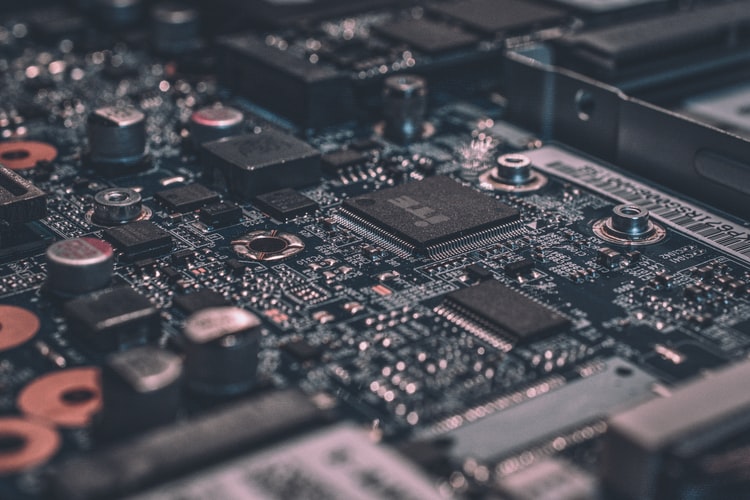
The idea for the phototransistor was originally put forward by William Shockley 70 years ago in 1951. However, it was not until two years later that the initial product was put forward and since then, it has seen significant development to the point they are now frequently purchased and come with a range of uses. They are often used in a number of different electronic circuits in order to detect light levels and change the flow of current among the emitter. It can also collect terminals based on the light level it gets.
What is a Phototransistor?
Phototransistors are electronic switching and current amplification components that operate thanks to the exposure of light. They are used as a means to detect levels of light and convert those levels of light into an electrical current.
They can be incredibly effective due to their ability to convert light energy into electric energy. As opposed to what they are compared to frequently, phototransistors are different from photoresistors because they can convert light into current and voltage.
These have their base terminal exposed, and that structure is beneficial when it comes to being specifically optimized for photo applications. As oppose to a normal transistor, they have a larger base and collector width.
How Do They Work?
These activate once light strikes the base terminal, and as a result, the phototransistor is triggered. This will indicate whether the current needs to be increased or decreased. When increased, this current is generated into voltage.
Types of Phototransistor
There are many different types of phototransistor, as is demonstrated by those available on Octopart. That being said, they can generally be broken down into two subcategories:
– BJT Phototransistor
A BJT phototransistor allows leakage among collectors. Not only that, but it works as an emitter of 100nA.
– FET Phototransistor
This variation contains two terminals that connect inside through the phototransistors collector and emitter. This type is predominant at reacting to light and controlling the current flow among terminals.
Uses of a Phototransistor
They have many different uses, including the likes of:
- Computer logic circuitry
- Counting Systems
- Encoders
- IR detectors photo
- Electric controls
- Computer logic circuity
- Relays
- Punch-card readers
- Security systems
- Level indication
The Advantages of a Phototransistor
They come with advantages that mean that they are separate from other variations of sensor, which is why they tend to be used much more frequently than some others. This includes:
- They produce a much higher current than photodiodes
- That are incredibly low cost, simple and small, so it is very easy to fit several of them onto one single integrated computer chip
- They are very fast and can efficiently provide instantaneous output
- They produce a much higher voltage than that of photoresistors
The Disadvantages of a Phototransistor
Of course, like any product, they also come with a range of disadvantages, including:
- They are made out of silicon, which means that they are not able to deal with voltages over 1,000 volts
- They don’t allow electrons to move as freely as other devices.



